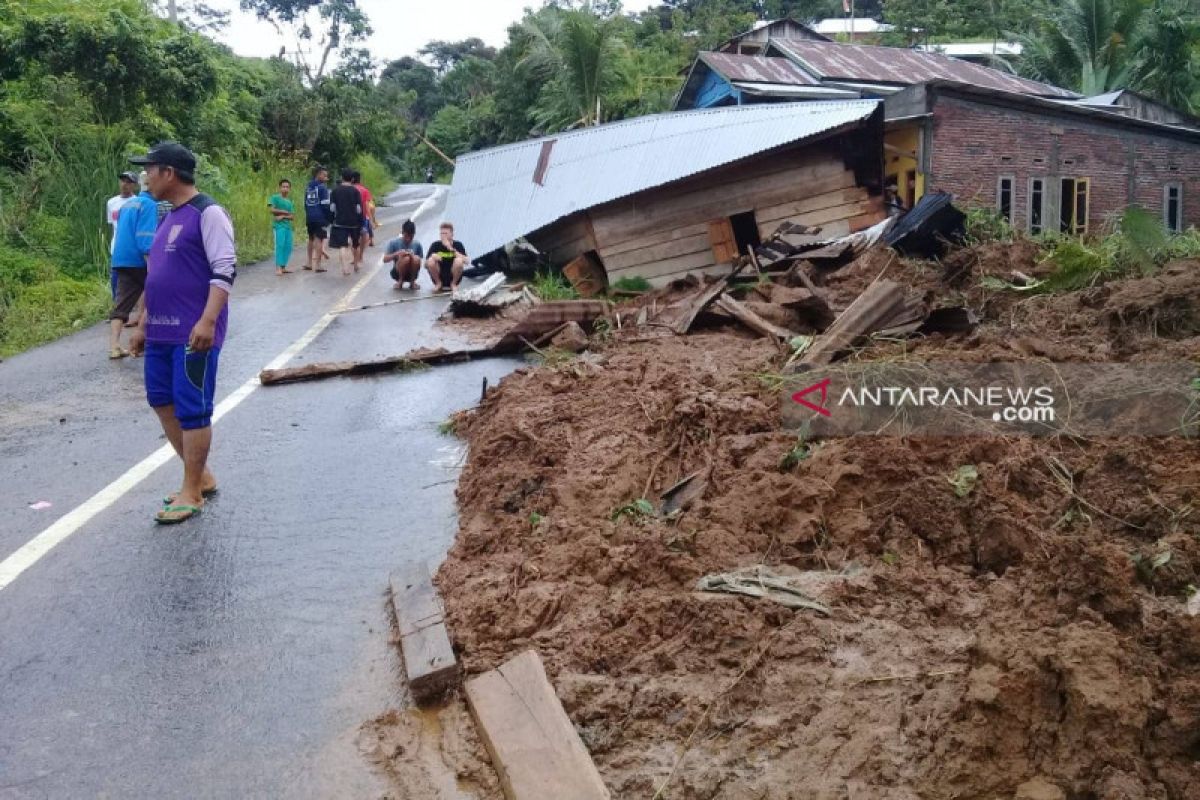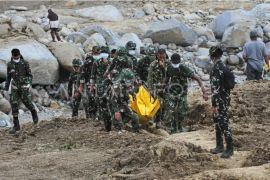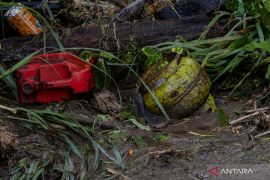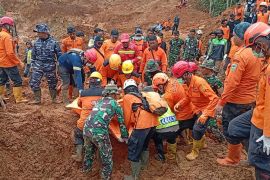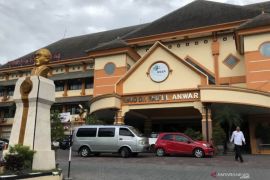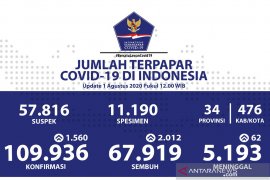"Recent data showed that the death toll reached 29, with maximum casualties recorded in Central Bengkulu reaching 22 dead," Rusdi Bakar, the Bengkulu Disaster Mitigation Office (BPBD) head, remarked here, Monday.
Rescue team members have extended continued assistance to victims of flooding and landslides and searched for those gone missing.
Three died respectively in Kepahiang and Bengkulu District as well as one in Lebong District.
Of the 13 missing people, 10 are the residents of Central Bengkulu, two from Bengkulu City, and one in Kaur District.
Landslides cut off access to several roads in Central Bengkulu and isolated the sub-districts of Mengi Sakti and Pagar Jati.
Some 13 thousand people were affected, while 12 thousand others were displaced and forced to evacuate to higher ground.
Meanwhile, environmental activists earlier pointed to eight coal mining companies operating in the Bukit Daun Protection Forest buffer zone that is the upstream water catchment area of the Air Bengkulu River that began overflowing following torrential rain and inundated the Central Bengkulu region and Bengkulu City.
"Floods that struck nearly all districts and cities in Bengkulu Province could not solely be attributed to the rains lashing this area on April 26, 2019, from noon to night, but a coal mine in the upper Bengkulu River that is believed to be the root cause," Director of Bengkulu Canopy, Ali Akbar remarked here on Sunday.
Akbar believes that the existing Bengkulu, Ketahun, and Musi rivers being unable to accommodate the flow of water should be the key area of concern to unearth the main cause of the disaster.
He believes the ecological balance of the region had been lost, so disasters occurring in this area are not the result of natural factors but human intervention in the form of extractive industry permits in the upstream region of the river.
Translator: Helti MS, Fardah
Editor: Suharto
Copyright © ANTARA 2019
